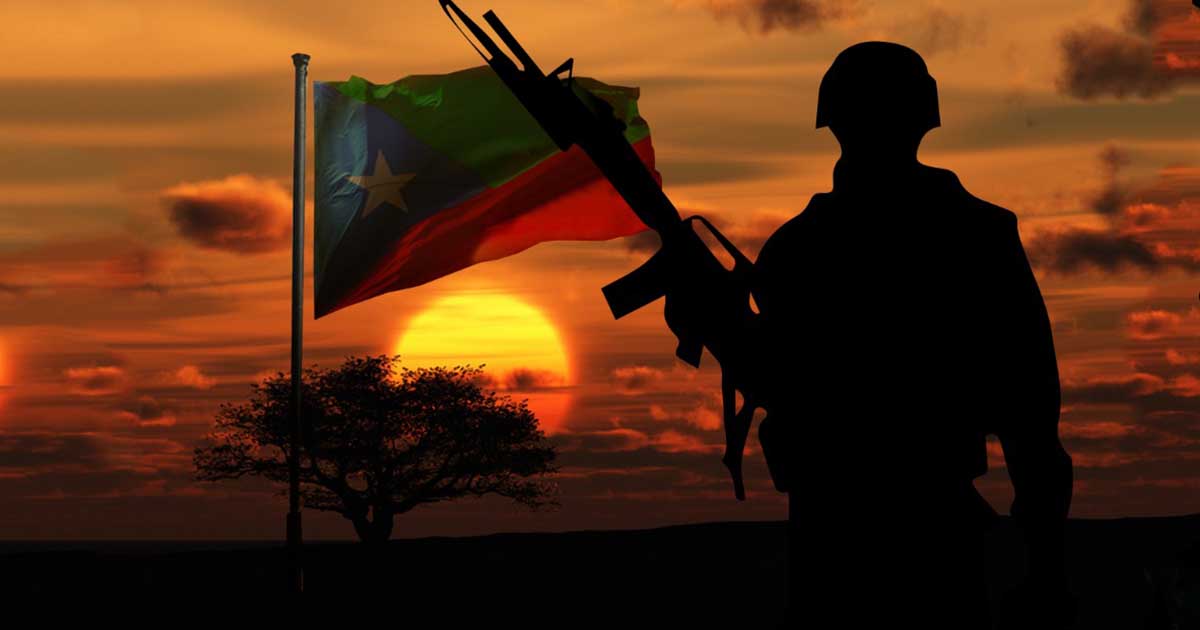Two prominent Baloch armed groups, the Baloch Liberation Army (BLA) and the Balochistan Liberation Front (BLF), claimed responsibility for separate attacks targeting Pakistani forces in the Hironk area of Kech district. The assaults, which occurred on February 3, reflect the growing intensity of the Baloch armed struggle for independence, marked by an upsurge in organized operations against state forces across the region.
According to the BLF spokesperson, Major Gwahram Baloch, their fighters targeted Pakistani forces with an improvised explosive device (IED) on the China-Pakistan Economic Corridor (CPEC) road in Hironk at approximately 10:00 AM. The blast struck a military vehicle, resulting in the deaths of three Pakistani soldiers and causing severe damage to the vehicle. According to the spokesperson, following the attack, Pakistani military helicopters arrived at the scene and conducted aerial shelling, while additional forces from a nearby checkpoint, located about 900 meters away, opened fire. Despite the military response, the BLF fighters successfully retreated to their secure positions, demonstrating what the spokesperson described as “superior guerrilla warfare tactics.”
In a separate incident, the BLA also launched an attack in the same region. BLA spokesperson Jeeyand Baloch stated that their fighters ambushed a convoy of Pakistani military personnel assigned to secure CPEC routes near the Gazin Kaor area of Hironk. The assault resulted in the death of one soldier on the spot and left two others injured, Jeeyand Baloch stated.
Both organizations reaffirmed their commitment to the armed struggle, vowing to continue targeting Pakistani military forces and installations until the “complete withdrawal of occupying forces from Balochistan.” Their statements emphasized the strategic nature of these attacks, showcasing the coordination and effectiveness of their operations both in urban centers and remote regions.
These recent incidents are part of an escalating pattern of armed resistance in Balochistan. Over the past year, there has been a noticeable increase in attacks carried out by Baloch armed groups, especially the BLA, targeting military convoys, checkpoints, and strategic infrastructure linked to state interests, particularly projects under the CPEC. This intensification reflects not only the resilience of the Baloch independence movement but also the evolving tactical sophistication of the groups involved.
The Baloch armed struggle, rooted in historical grievances over political autonomy, or independence and cultural identity, continues to shape the volatile security landscape of Balochistan. As the conflict escalates, the region remains a focal point of tension, with implications for both domestic stability and broader geopolitical dynamics linked to economic corridors and regional security.

